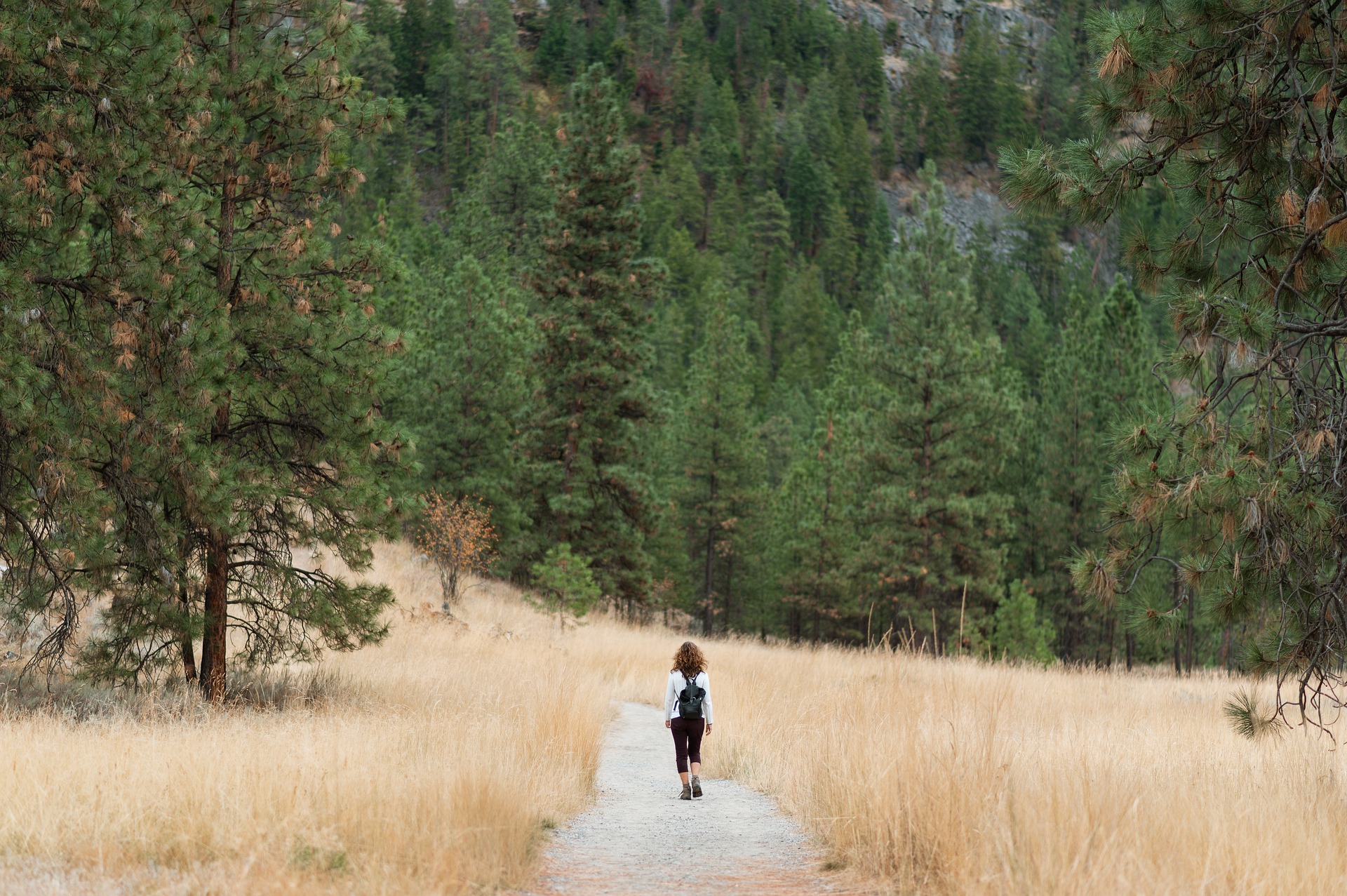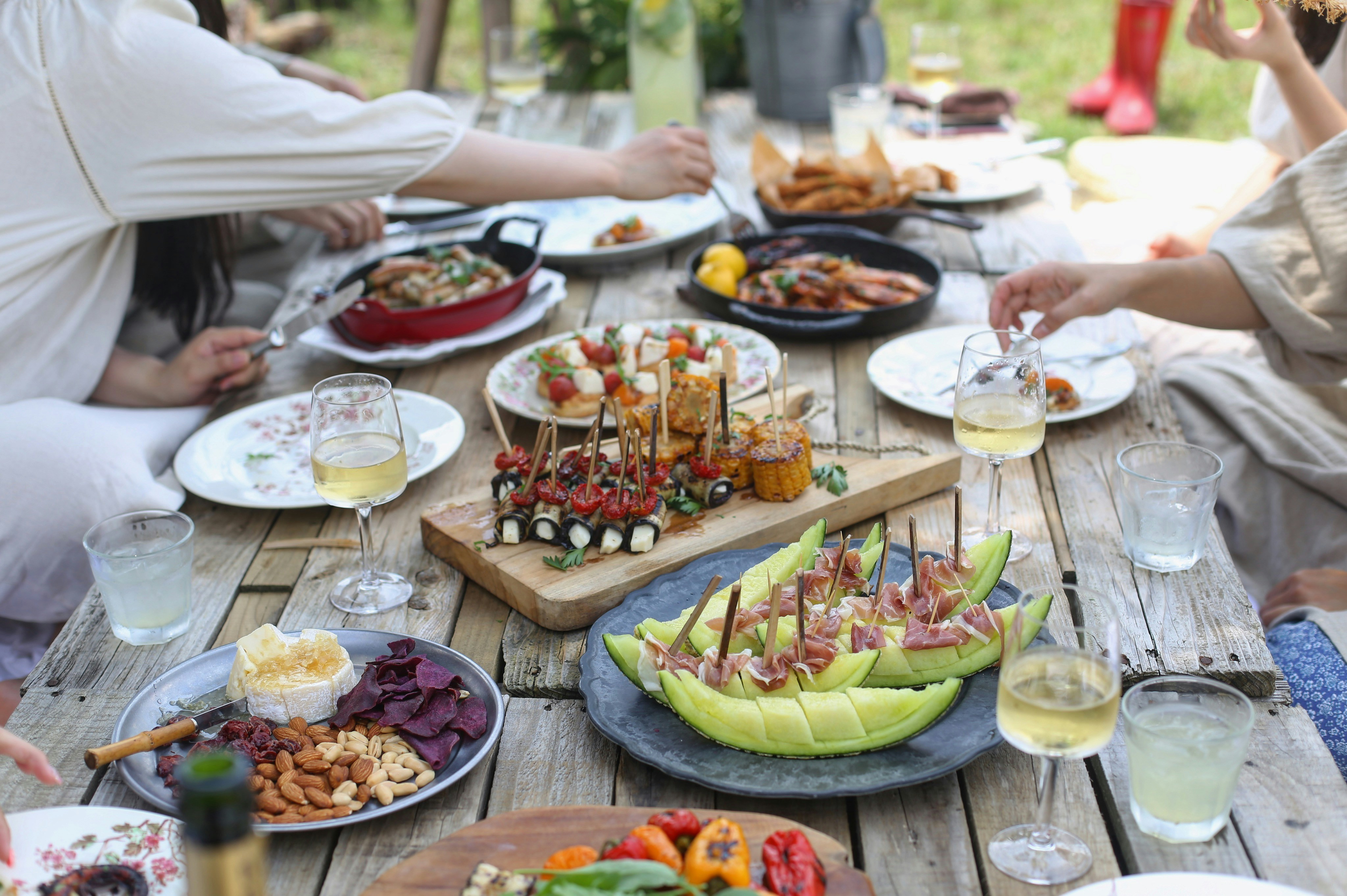Unveiling the Health Mysteries of Longevity Hotspots: Secrets from the Blue Zones
The term "Blue Zones" was first coined by Dan Buettner, a National Geographic explorer, during his quest to understand the secrets behind the world's longest-lived populations. His explorations took him to five regions - Okinawa (Japan), Sardinia (Italy), Nicoya (Costa Rica), Icaria (Greece), and Loma Linda (California, USA). These regions, now known as the Blue Zones, are home to the world's highest proportion of centenarians, people who live to be 100 or older.

The Blue Zone Phenomenon: Current Health Trends
Recent studies have attempted to unveil the mysteries behind these longevity hotspots. Interestingly, their secrets to long life aren’t tied to wealth, superior healthcare, or even genetic factors. Instead, they lie in their unique lifestyle patterns, which include a plant-rich diet, regular physical activity, strong social connections, and a sense of purpose.
The Science Behind the Blue Zones
The Power of Plant-Rich Diets
A commonality between the Blue Zones is a diet that is low in processed foods and high in whole, plant-based foods. While the specific foods consumed vary by region, they all consume a variety of fruits, vegetables, whole grains, legumes, and nuts. Scientific research has shown that such diets are linked to lower risks of heart disease, diabetes, and certain types of cancer.
Regular Physical Activity
In the Blue Zones, physical activity is a natural part of daily life, whether it’s farming, walking, or doing household chores. Studies have shown that regular physical activity can help control weight, reduce heart disease risk, and improve mental health.
Strong Social Connections
The power of community is strongly evident in the Blue Zones. People here tend to live in tight-knit communities, often with strong family ties and social support networks. Research has linked strong social connections to improved mental health, increased longevity, and better quality of life.
Sense of Purpose
Having a sense of purpose, or a reason to wake up in the morning, is another common thread among the Blue Zones. This sense of purpose can contribute to overall well-being and life satisfaction, and has been associated with lower risks of heart disease and mental health disorders.
Wisdom from the Blue Zones: Practical Health Tips
-
Prioritize plant-based foods, such as fruits, vegetables, whole grains, legumes, and nuts.
-
Incorporate physical activity into your daily routine. This doesn’t have to mean going to the gym - it could be walking, gardening, or doing household chores.
-
Foster strong social connections. Spend time with family and friends, join a club or community group, or volunteer for a cause you’re passionate about.
-
Find your sense of purpose. This could be your career, a hobby, or simply something that brings you joy and fulfillment.
Key Takeaways
The Blue Zones offer us valuable insights into the lifestyle factors that contribute to longevity. While we can’t all move to a Blue Zone, we can certainly learn from their way of life and incorporate some of their practices into our own lives. It’s not about extreme diets or rigorous exercise regimes, but about making small, sustainable changes that can contribute to our health and well-being in the long run.





